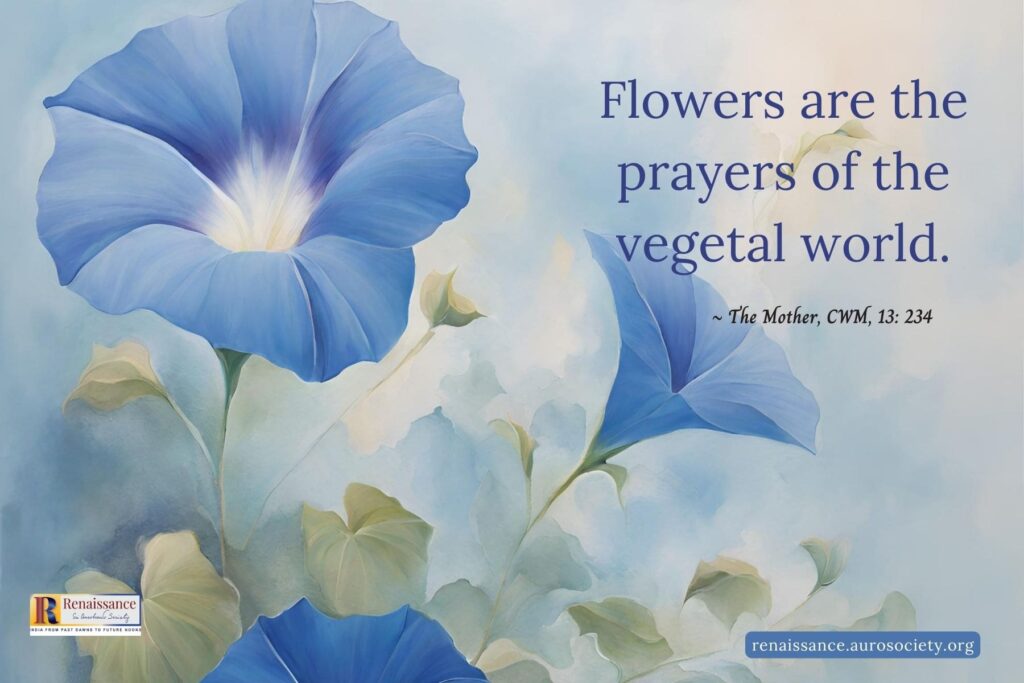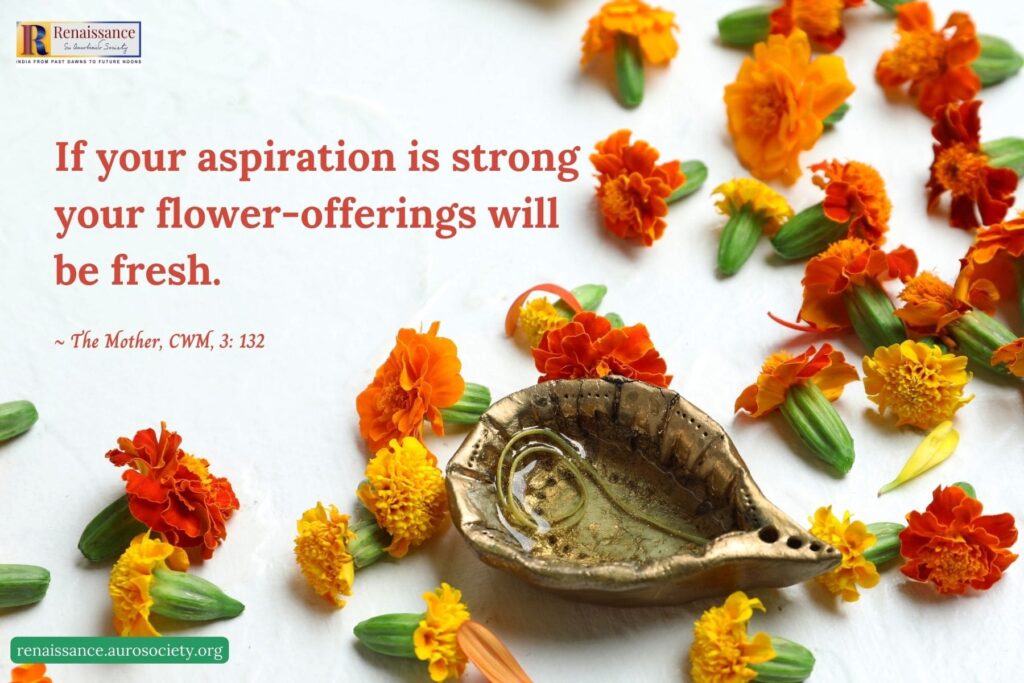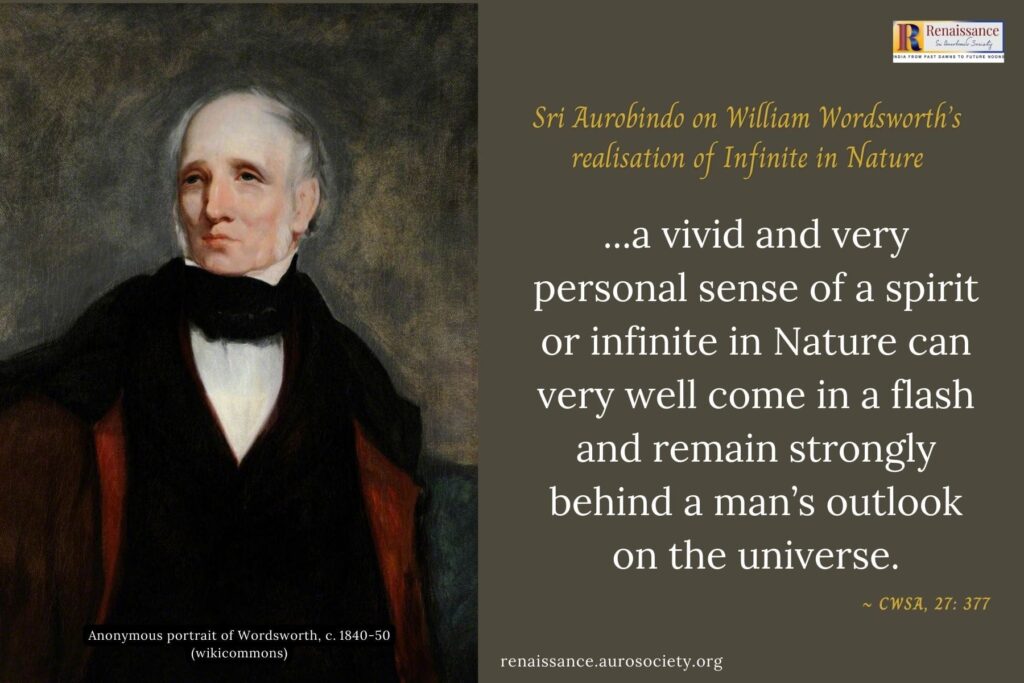Onam is an annual Hindu harvest festival from the Indian state of Kerela. Pookkalam (also written as pookolam) or kolam made with flowers in front of the houses and temples is a common sight during the Onam days. The floral rangoli or kolam known as onapookkkalam, athapookkalam or just pookolam is made of gathered varieties of flowers mostly endemic to Kerala.
Traditionally, only dashapushpam (10 flowers) were used. One of the dashapushpam is Kashithumba (Balsam, Impatiens balsamina), also known as rose or garden balsam. These flowers blossom out of nowhere during the spring season.
An endemic species of plant native to India and Myanmar alone, it is believed that no one ever keeps their seeds or even plants them. They just spring out of the soil starting to bloom in various pastel shades of pink, lavender, white, yellow and sometimes in mauve too. It is a sight to behold as if they bloom generously in order to offer themselves during the festival .
The reason they sprout out of nowhere is because of a special mechanism called explosive dehiscence which disperses their seeds through a ballistic form. In this form, the seeds or spores are flung far from the parent plant when someone or something touches them. Therefore, this plant has also got a name “touch me not”.
This plant does not need the assistance of animals or humans to propagate. As mysteriously as they appear, they also vanish leaving us in wonder as to where did they go? Preparing in silence for their next colourful show?

Be Like a Flower
Mother has rightly said,
“Be like a flower. One must try to become like a flower, open, frank, equal, generous and kind. . . A flower is open to all that surrounds it. Nature, light, the rays of the sun, the wind, etc. It exerts a spontaneous influence on all that is around it. It radiates a joy and beauty.”
~ In a conversation with Mona Sarkar (as told in the book ‘Sweet Mother’)
The spiritual significance given by the Mother to this flower Balsam is ‘Generosity’. No wonder this flower generously blooms itself exactly during the festival season when flowers play a very important role in pookkalam spring rituals.
The Sanskrit word that represents the virtue of generosity is daanam. The sacred practice of giving dates back to ancient traditions and is regarded as a virtue in various world religions.
Science has also done its own inquiry into the effects of generosity on human mind with potential links to positive hormones and neurochemicals such as Oxytocin that get produced when one feels generous or acts generously toward others.
The Latin word from which the English word ‘generosity’ is derived is “generosus” which means of noble birth. Up until the sixteenth century, to be generous meant akin to be of a noble lineage or high birth. However, slowly the meaning of generosity changed and instead of being associated with family lineage or heritage, it meant more of an individual virtue in a human being, something that can be inculcated.
Interestingly, there is an aphorism of Sri Aurobindo which says:
Nobleness and generosity are the soul’s ethereal firmament; without them, one looks at an insect in a dungeon.
~ CWSA, Vol. 12, p. 456
Giving Oneself
My Guru Sri H.R. Nagendra from SVYASA Yoga University used to emphasize so much on being generous and exercise those muscles of giving. Do some act of giving every day, he would say. Give a flower, and if you don’t find one, give a glass of water; and if you don’t find water, at least give a smile generously, he would end with a hearty laughter.
This reminds me of an East African Lungundan proverb, “You can share even if you have a little.” It is a feeling that makes one give, a feeling that we have enough to share.
The Buddha said that no true spiritual life is possible without a generous heart. Majority of us think of sharing in terms of wealth and possessions. While the first step of generosity is wealth, food and possessions, spiritual people have often said that we can be generous with anything we own. Vidya daan is sharing one’s knowledge without keeping it to ourselves. The most generous people are not only the ones who share their food and wealth but also their power, fame and sometimes themselves. This act of giving oneself is the true meaning of spiritual generosity.
I can’t help but think of this quote by the Mother,
“To be generous is to be benevolent towards everyone not only materially but also in the heart and in the mind. It means always to have good feelings towards all.”
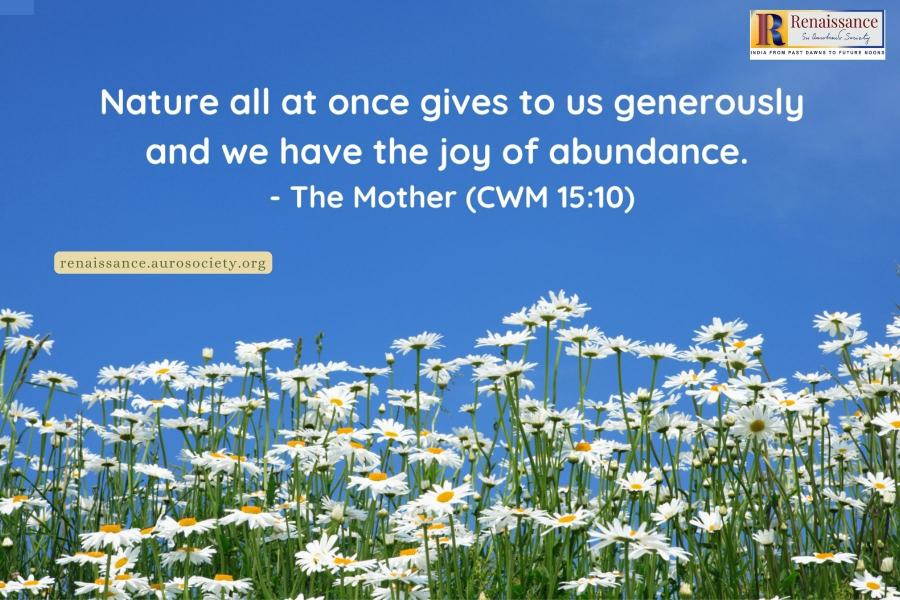
Dakshinā, Bhikshā and Dānam
As per the Vedic scriptures, the act of giving can be categorised in three different ways: dakshinā, bhikshā and dāna. While all three require the trait of generosity, dāna is the only virtue that gets the highest points and represents true spiritual generosity. Let us have a look at the three ways one can be generous.
Dakshinā is repayment. Bhikshā is alms. Dāna is charity. But the meanings are often confusing, as people use the same term — giving — in all the three contexts. In olden times, poets were given dāna and in return they would compose songs known as dāna-stuti to praise the donor who mostly happened to be a king or someone royal. This kind of giving was more of a repayment and was categorised under dakshinā.
Dakshinā is basically repayment for services received. Unlike tangible goods, it is hard to evaluate the worth of services and therefore there was no fixed rate for this kind of offering. In olden days, only certain sections of people were offered dakshinā. As per a story, when king Harishchandra disturbed Rishi Vishwamitra’s yagna, he made amends by offering his own kingdom. So, that is not a gift or charity but dakshinā for the act of interrupting a yagna.
In the case of bhikshā, the receiver is in debt. So, he repays in intangible ways like granting blessings or karmic merit to the giver. This is seen even today in many religions and cultures. People offer food to the monks and this act is seen as earning a good future karma. Almost all religions emphasize the act of giving to temples, priests or the beggars who line up outside. This is bhikshā, seeking spiritual merit and again not considered as charity or dāna.
Go-dāna or offering a cow was actually a bhikshā, done to earn spiritual merit. Kings used to perform go-daan to seek legitimisation of their kingship. Sometimes families offered go-dāna to poor families so that the deceased or relatives who passed away were ensured a better future.
In dāna or true charity, the giver writes off the loan as a matter of fact. The receiver is under no obligation. Hence, daanam is considered greater when compared to dakshinā or bhikshā.
While there are many stories in the itihāsas and purāṇas, one of the most popular stories is of Karna who was given the epithet dānveer, the courageous and most generous. He had a tragic life and his tragic death makes us ask the question – why such a generous person die this way?
But Karna’s charity was without any expectation, which made him truly a dānveer. He didn’t earn any merit despite being charitable. When he donated his armour to Lord Indra, he is left vulnerable in the war. This is the true act of giving — to expect nothing in return.
Thus we know the difference between the three basically through intention that is behind the act of giving. To be totally and truly detached from possessions and expectations makes one give without wanting anything in return.
From our ‘Goodness’ issue:
The Mother on True and Sublime Charity
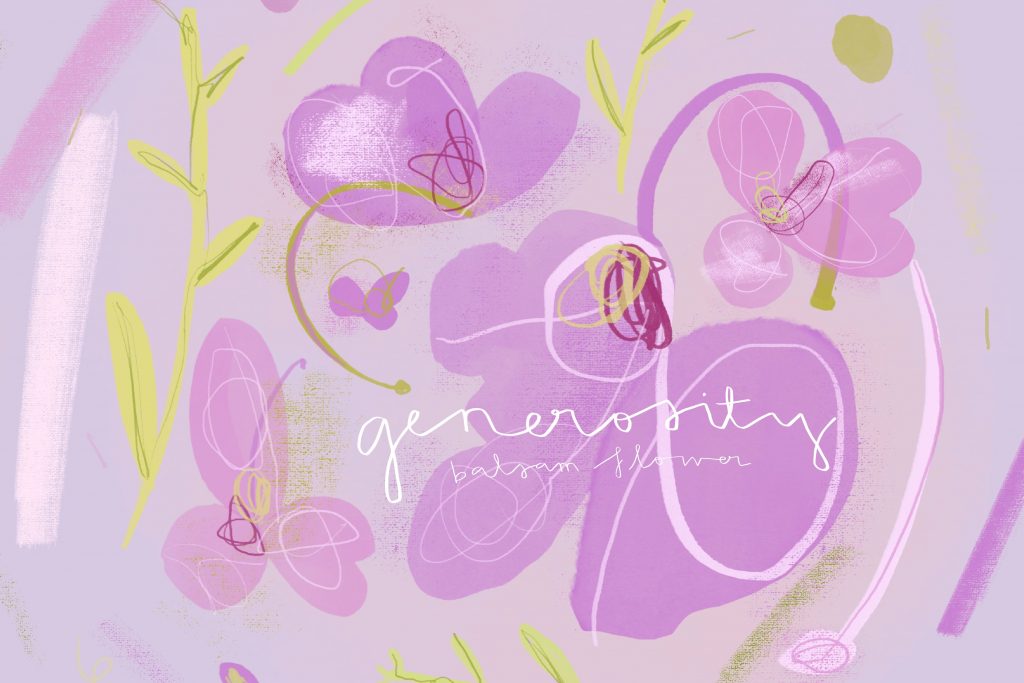
True Generosity
In this world, it is very hard to find people who do true charity work without wanting anything in return. In the heart of hearts, we at least want a spiritual gift of good karma. How many of us can turn into a dānveer like Karna or our generous flower that offers itself, Impatiens balsamina.
One thing interesting about Impatiens is the high endemism among these plants. Endemism is a state of a species being found in a single defined geographic location such as a state, an island or a defined zone. In India alone, only 210 species of Balsam were found and many of which were facing a threat due to industrialization and changing landscapes.
Just like a miracle, in August of 2017, a research paper described that Impatiens Walongensis, a new species of Balsam has emerged in the eastern district of Arunachal Pradesh called Anjaw. Since then, 5 new species have emerged in and around Arunachal Pradesh with one name being Impatiens arunachalensis which bears beautiful purple flowers with pink throat.
Even though scientists have described the conservation status of Impatiens as critically endangered, these new species give us hope that true spiritual generosity, even though rare, is here to stay.
~ Design: Shahla Sayeed and Raamkumar

